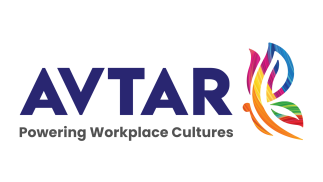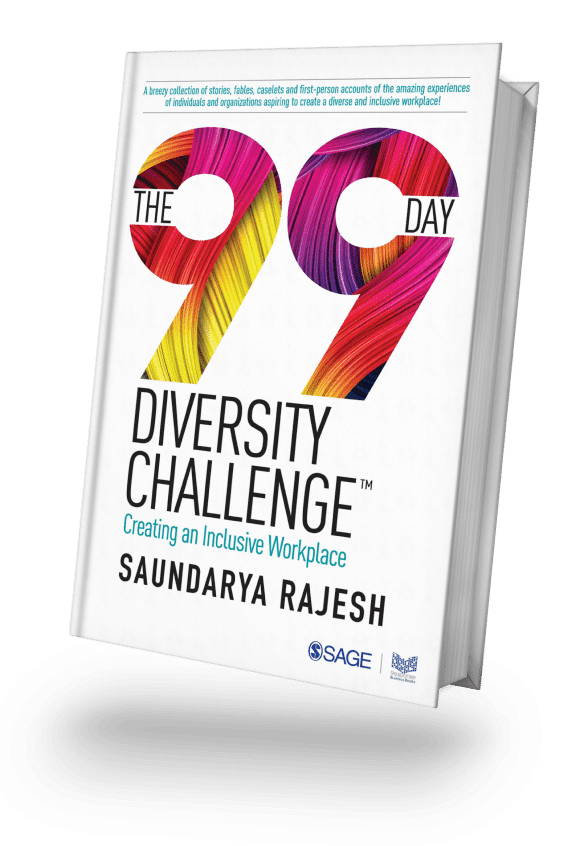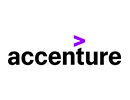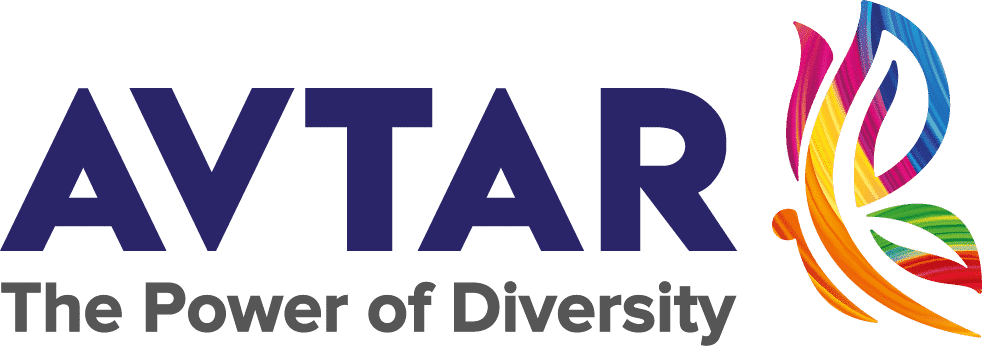Today’s workplaces are fast-paced and dynamic. With AI and other technological advancements taking over administrative tasks, leaders are now exploring ways to stand out in the market.
Modern organizations are much like prisms – when light passes through a prism, it refracts a spectrum of colours. An organization is similar to a prism – strong leadership and values refracts strengths like diversity, innovation, and culture, driving it to success.
Organizational PRISM – The Metaphor
PRISM is a comprehensive framework that guides the organization to sustainable growth and strategic success. According to Steve Jones, Founder of the PRISM Framework, this framework serves as a structured methodology and a combination of tools and best practices that can be applied across various organizations and cultures. Each stage within the framework is designed to be integrated and iterative, ensuring a cohesive approach. He says, “The framework outlines roles, responsibilities, and processes for effective execution and monitoring of strategic plans.” He further adds that the framework has five interconnected stages.
The PRISM Framework
- Planning is the stage that establishes the foundation by defining objectives and setting direction. In this stage, leadership and sustainability are integrated into the process, keeping in mind the stakeholder engagement.
- Resources and Operations focuses on optimizing internal processes, enhancing productivity, and ensuring continuous improvement by leveraging methodologies and technologies.
- Implementation involves deploying initiatives and monitoring performance with data analytics.
- Sustainability, also known as “Futureproofing”, focuses on securing long-term success through innovation, digital transformation, and adaptation to market changes.
- Momentum is the stage that aims to sustain and expand success through feedback and organizational learning.
Diversity, Culture, and Innovation = A Spectrum of Opportunities
In the organizational prism, culture forms the foundation. An organization with shared values, adaptability, and well-being as its culture will ensure the organization’s core is strong and clear. This applies to diversity as well – diversity is the light that enters the organizational prism. When varied experiences and perspectives are embraced, organizations will open doors for more creativity and problem-solving capabilities.
With culture as the foundation and diversity as that light entering the prism, the outcome, or the spectrum of colours is innovation – transforming ideas into solutions.
The Role of Leadership
Sandip Patel, Managing Director at IBM shared his insights on organizational prism at Avtar’s Best of the Best Conference, 2024. In his keynote conversation, Sandip points out the direct relationship between the unified goal of purpose and organizational prism. “For companies to get the prism going, leaders must develop a triangular relationship between the core values, people, and the client. When organizations attract those people who firmly believe in this triangular relationship, all other metrics will fall in place”, says Sandip.
When an organization adopts the prism framework, it represents a shift in thinking by challenging businesses to stride beyond traditional metrics and focus on creating workplaces for people and ideas to thrive. The success of the prism in Indian companies lies with the leaders. With this approach, their future is secure while making a significant difference in the world – in short, a prism of diversity.




















